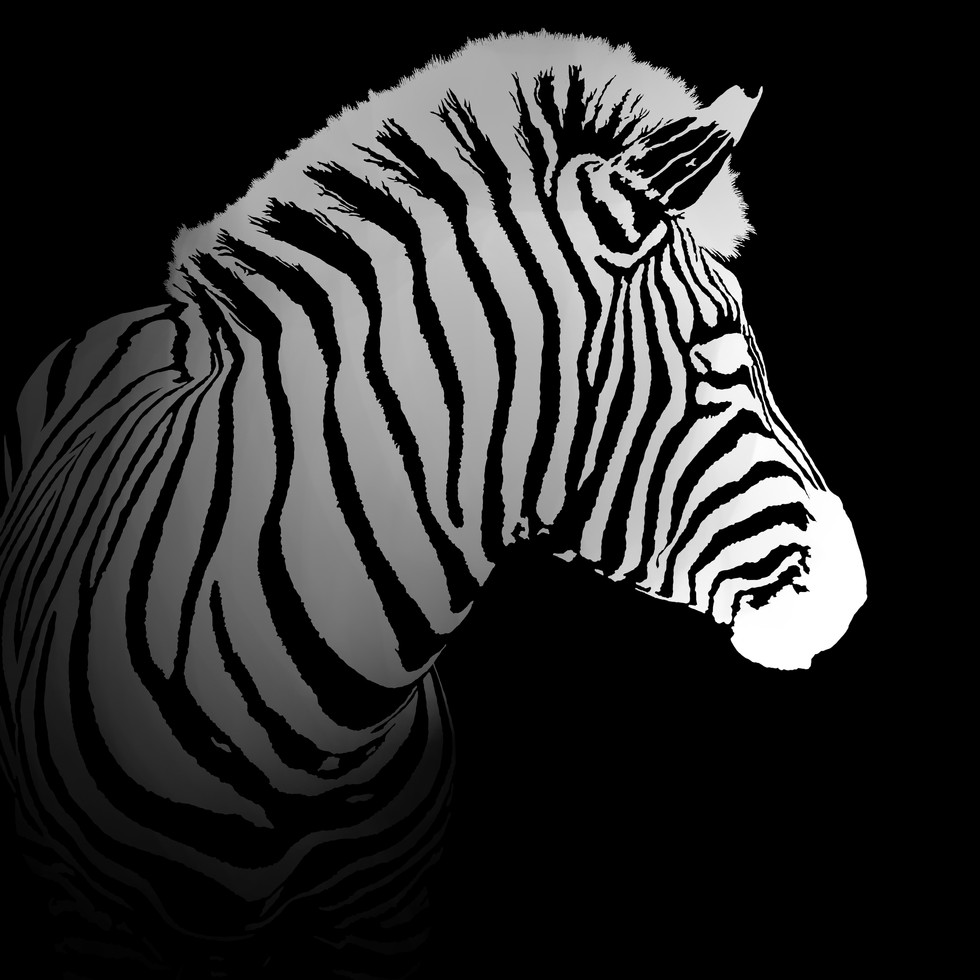Applied Illustration - Our Planet - Batsford Prize 2020
- Serena Toovey

- Dec 3, 2019
- 4 min read
OPTION 2: The Batsford Prize 2020
THE THEME FOR THE BATSFORD PRIZE 2020 IS ‘OUR PLANET’
The theme for the Batsford Prize 2020 is ‘Our Planet’. We are looking for entries that show innovative and well-crafted interpretations of the theme, in terms of subject or materials used or a combination of the two. There is no restriction on the medium used, and we accept both entries that have been made as a part of coursework as well as personal work.
For more information: www.pavilionbooks.com/batsford-prize
I decided that I wanted to make my project about endangered animals. This is because I did a project in my second year about the environment and wanted to focus on animals this time around. After working at the zoo over the summer, I have plenty of first-hand photos to use for inspiration and references. I started to sketch some giraffes and experiment with thumbnail sketches and ideas. I chose to start with giraffes as this year the International Union for Conservation of Nature (IUCN), the gold standard for assessing endangerment, has found that giraffes are “vulnerable,” meaning they face a “high risk” of extinction in the wild. Once I had chosen an idea I could then progress forward and add other animals to the series. There is a limit of 7 digital images in the submission. Animals could include a tiger, a cheetah, a lemur and a zebra. This project for me was less about researching artists and designers but more about bringing to light issues that are relevant and have been becoming increasingly common over the course of this year. After working at the zoo I was given an insight into how much zoos help towards conservation issues and this is something I am very passionate about.
First I played around with the idea of opposites, a giraffe with its recognisably patterned skin vs its skeleton. This imagery could be extended further by adding background to link it more closely to the theme of 'our planet'. For example, on the left could be a healthy natural environment, and on the left could be their habitat destroyed by wildfires or poachers.
The population of giraffes overall has declined 40% in 30 years, and there are now approximately 68,000 left in the wild. For example, the Kordofan giraffe has lost 90% of its population since the late 1980s and is down to just 2,000 individuals in the wild. Similarly, the Nubian giraffe population is down 98% and lives only on protected lands in Kenya. According to the IUCN, both subspecies are “critically endangered,” which means they face an “extremely high risk” of extinction in the wild. Replicating these statistics through imagery would be possible by showing the population loss in comparison to the amount left alive.
I then experimented with rough shapes and colours. I liked this playful look of this style but I prefer to work with more realistic shapes and styles. I will be easier to convey a more serious issue that way.
For more inspiration, I went back to look at more photos I took from the zoo. The zebra photos are from Marwell Zoo in Hampshire, whereas the giraffe photos are from the Wild Place Project in Bristol. I would like to go through all my photographs and edit the best ones properly. Below are a few of the clearest photos of each animal's markings.
I then digitally drew the patterns of each animal as an outlining silhouette to experiment with.


Here I used a clipping mask and the invert tool to play around with textures, fills and backgrounds.
I liked the idea of visually portraying each animal disappearing away, whether through their pattern disintegrating/breaking up or fading into the background.
My next idea was to overlay photographs of their habitat within the pattern in order to mix my photography and illustration. Unfortunately, I don't have any of my own photographs of the savanna, so I found one on google images to experiment with (on the right). This image was from google. Instead, I used some of my own photos from Sicily to replicate the beige grassland, open landscapes and open skies.
These created some beautiful images, but I then thought about the message I wanted to deliver. I thought back to my Social Sequences project where I looked into the wildfires in California and I was reminded by the recent wildfires in Australia. My family friend lives out there and he sent me pictures and stories of the animals affected. I know giraffes and zebras aren't found out there, but there was a large issue with wildfires in Africa in August this year. I first experimented with another google images photo of fire (on the left) as I didn't have one myself. I liked the look of this, especially with the bright colours against the black background. I decided to use a flame brush on Procreate in order to replicate this look.
I took this concept and experimented with changing the colours to see what it would look like. These would look great as an album cover, poster or on merchandise such as clothing in order to promote animal awareness. This could be paired with a phrase such as "Would you care about me more if I was this colour?"
As much as I love the vibrant colours, however, I am going to choose to submit the fire overlay as this gives across a message that our planet is being destroyed by global warming and in turn, this is destroying the animals that live here. As with everything on fire, there is only so long to put the fire out before the whole thing is burnt. The colours in this piece could also suggest how angry and hurt the animals are that their homes and herds are being killed and captured by people and flames.





























































































Comments